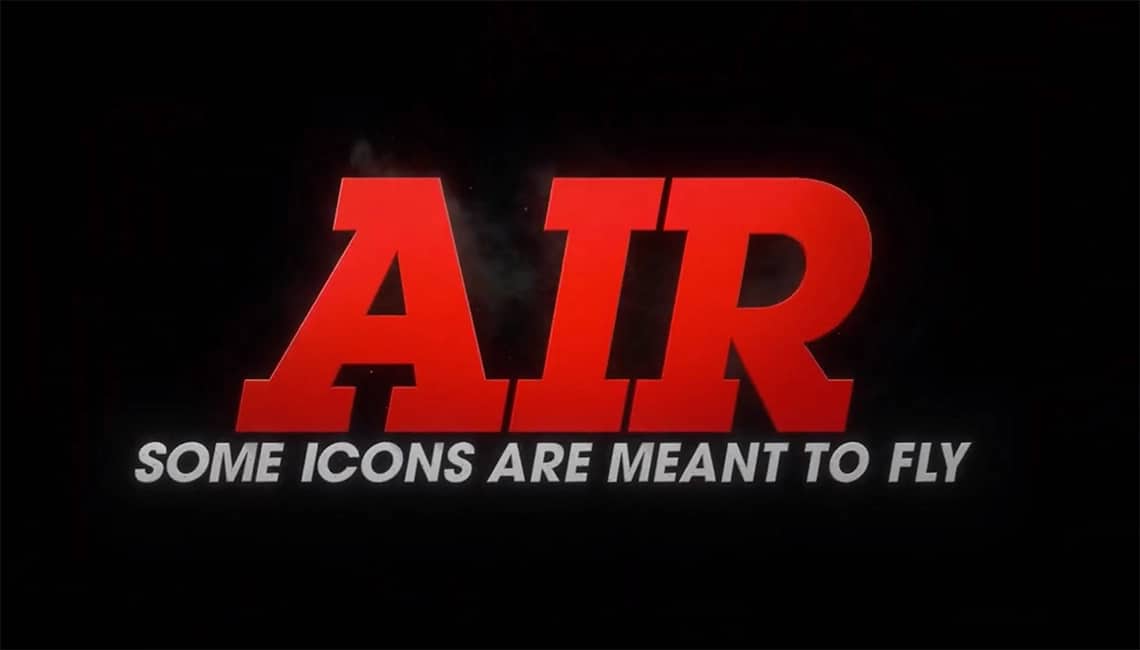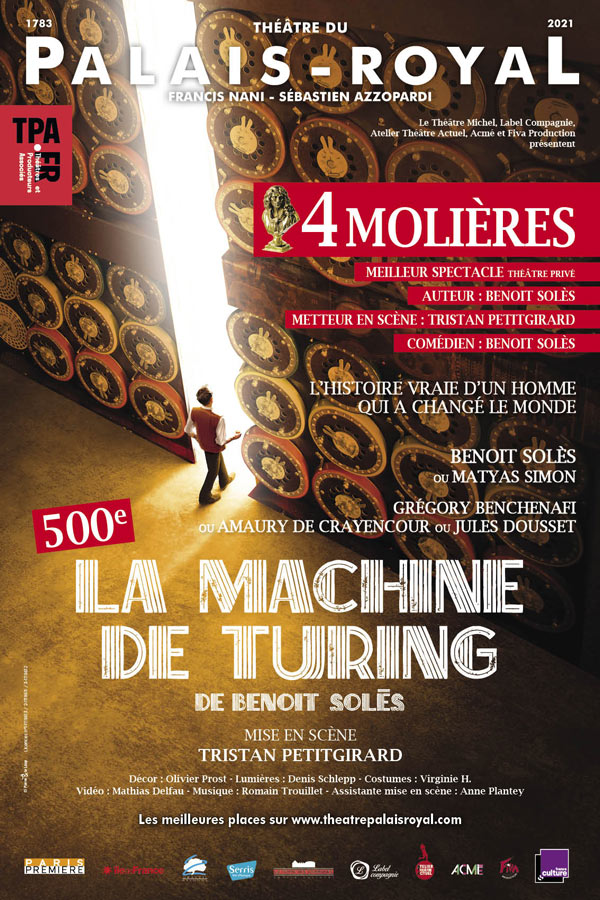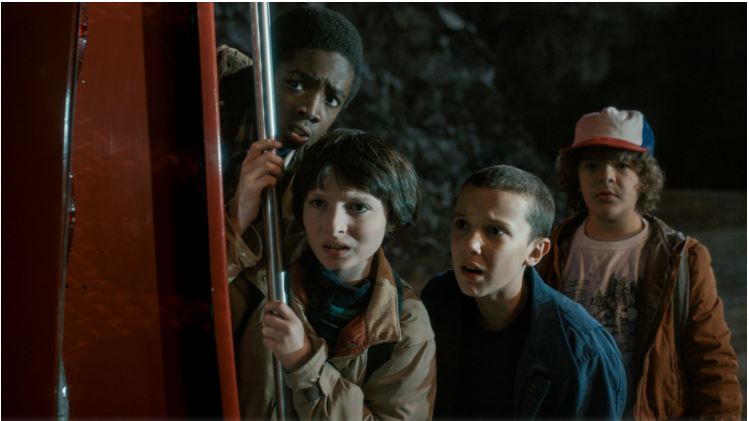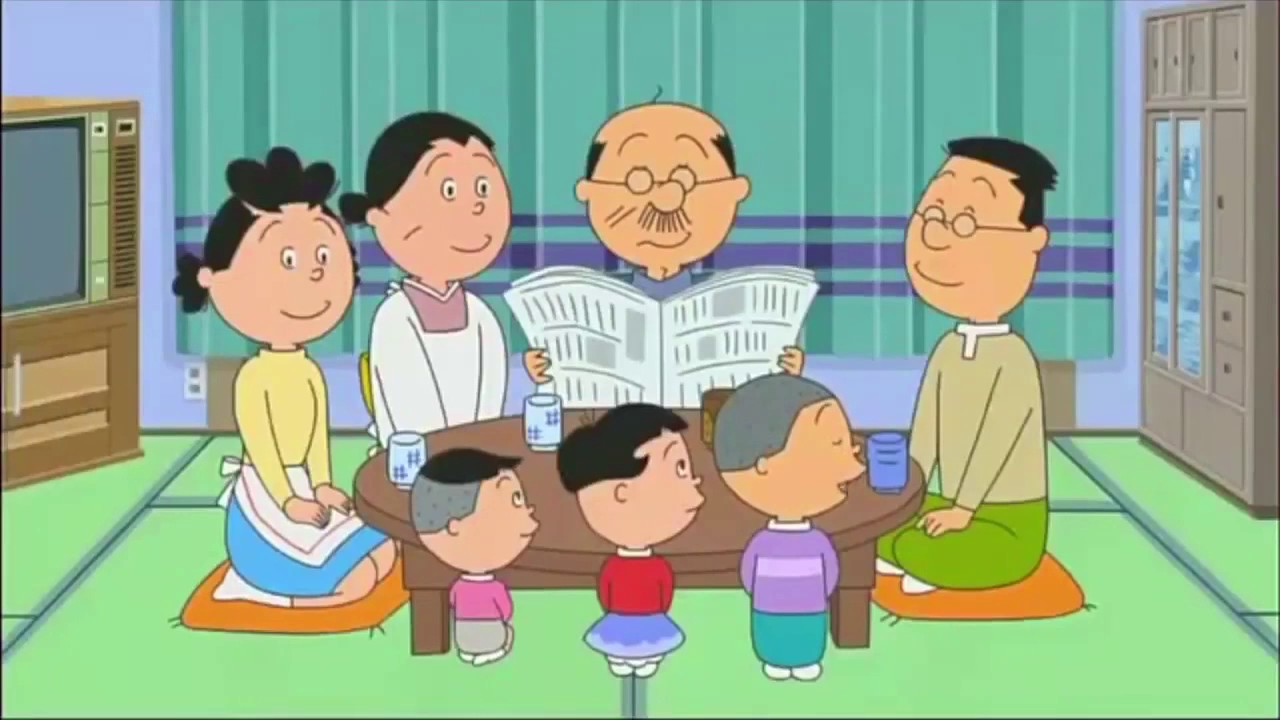In the third volume of Chez Adolf, you witness the end of the Second World War but far from the combat zones. The publisher Delcourt proposes to continue to follow the daily life of German civilians in the rear. Find out how they witness the end of the horrific Nazi dream.
Living the Fall

After the rise of Nazism in the first volume, the entry into war in the second, this third volume of Chez Adolfdescribes the beginning of the fall. In the building, the dream of 1933 is far away. With the defeats, military and civilian deaths accumulate. Worries and restrictions are daily. Due to the Allied bombings, families are left homeless. Solidarity is organized. Karl Stieg welcomes Mona into his home and a story begins despite an increasingly difficult daily life.
At the center of Chez Adolf, the life of an ordinary man, a single professor of literature, is turned upside down by the big story. Karl Stieg does not perceive the changes until they have affected his neighbors. This teacher is featureless. He waits and does not act. He joined the party out of obligation. He finds a wife by chance. We do not say everything within the couple. Even if the defeats accumulate, one does not dare to hope for the fall of Hitler. Indeed, party surveillance is omnipresent. Stieg was chosen as headmaster after the death of the predecessor but was investigated. We then find the red thread of his secret…
Living together

By Karl Stieg, we follow a whole building and a neighborhood. The screenwriter Rodolphe proposes in Chez Adolf a choral vision to show the diversity of reactions and village to get out of the heroic or demonic figure. We do not see the front but the reader understands that everyday life is metamorphosed by totalitarianism. A coffee shop owner has been sad since he lost his wife to cancer. This Nazi of the first hour doubts but cannot say it because of the repression. He is half-heartedly critical of defeats and increased taxes to finance the war. The Allied bombings destructuring the lives of civilians are seen when Karl Stieg shelters a woman who has lost her home and then when they approach the neighborhood. Each tenant must take refuge in the cellar wearing a gas mask and have a defined position.
A speech by Goebbels minimizes the defeat of Stalingrad and illustrates the final radicalization of the regime. The war becomes total. Luxury shops are closed and women have to go to arms factories. This daily harshness forms a violent contrast with the elite of the SS who are having fun in a castle in the countryside. We also discover the musical context through the song Lili Marlen. Because of the propaganda, the truth of the Eastern Front can only be seen by the story of a soldier on leave at the home of his wife next to the professor. This context also involves the image like those students raising the flag in Stieg's school. The cartoonist Ramon Marcos chooses soft forms and a classic style that contrasts with the modernization of the narrative on Nazism. In the same way, the warm colors and pastel tone of colorist Dimitri Fogolin contrast to the dark tone of Chez Adolf's story.
This third volume of Chez Adolf has the talent to present differently the subject often traveled by comics on the Second World War. War is not heroic but daily. The horror of Nazism and violence is all the more unbearable. We can think that the next volume will focus on the less treated period of the purge, the division of the country during the Cold War.
You can find other historical chronicles on the rise of Nazism with The Shadow Side and Hitler is dead.








































